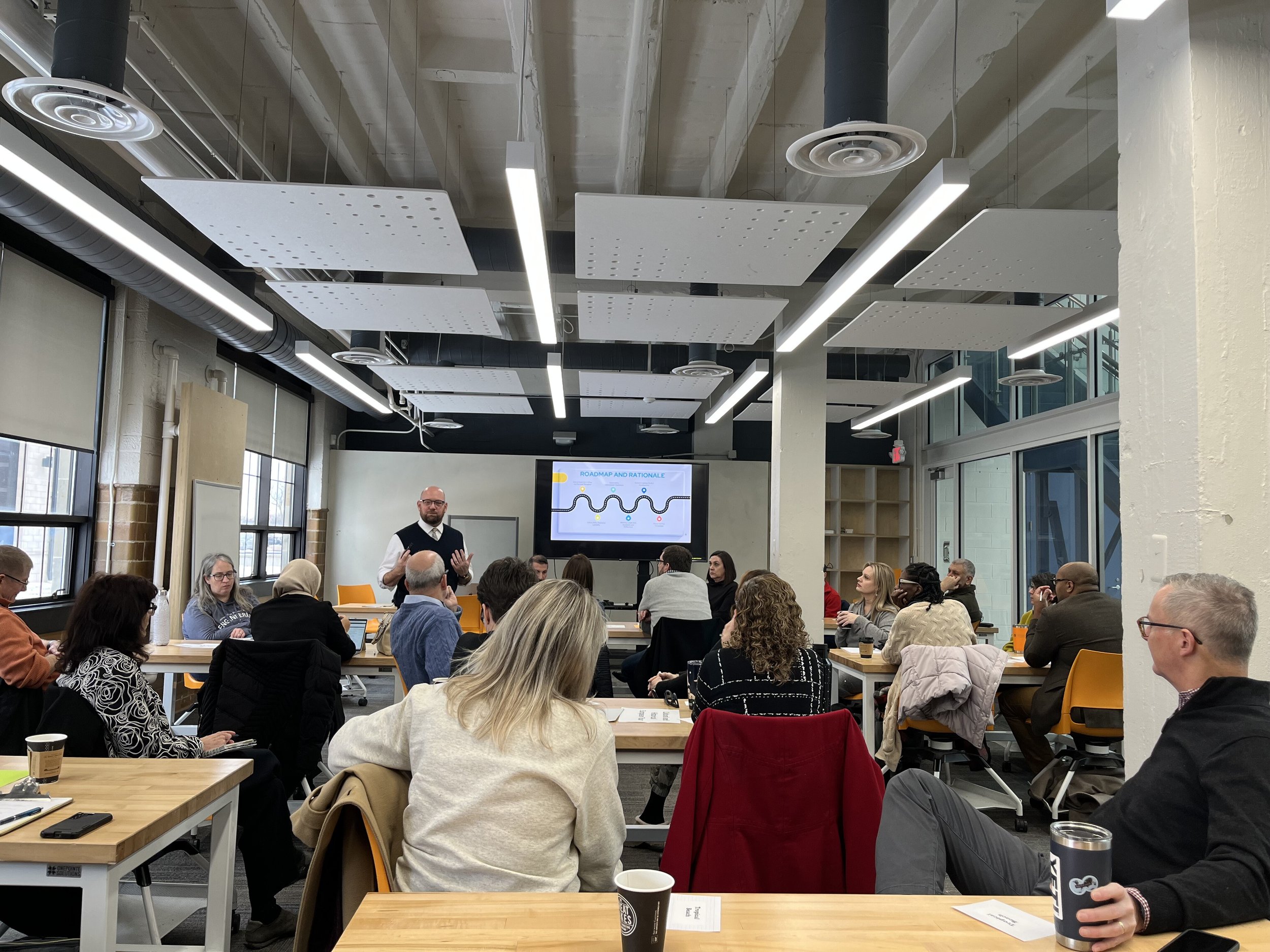Equipping Chairs to Lead, Not Just Last
Department chairs play a critical role in the success of an institution, yet too often, they are left to figure it out on their own—reacting to crises, managing faculty dynamics, and juggling institutional demands with little structured support. Most of the structured conversations chairs have with each other focus on immediate problems that need fixing. Rarely do they get the space to step back and engage with the deeper leadership challenges and opportunities that define their success.
This workshop is designed to change that. Rather than a procedural training on policies and processes, this session creates a space for chairs to reflect on the nature of their leadership, the vulnerabilities of academic middle management, and the unique demands of leading with limited managerial authority. Chairs will leave with fresh perspectives, actionable strategies, and a renewed sense of purpose—better equipped to focus on leading, not just lasting.
-
Department chairs are expected to deliver managerial results without traditional managerial power, making leadership in academia a unique and often precarious challenge. Unlike managers in other industries, chairs lack the authority to hire, fire, or reward faculty, leaving them to rely almost entirely on influence, persuasion and creating buy-in rather than formal power.
-
The transition from faculty member to department chair is often abrupt, forcing new chairs to navigate an awkward shift in professional identity. Relationships with colleagues change overnight—once considered a peer, the chair is now viewed as an administrator, leading to feelings of isolation and uncertainty. Without traditional managerial power, chairs must balance authority and collegiality, earning trust while making difficult decisions that impact those they once considered equals.
-
The shift from faculty member to department chair comes with a new level of visibility and scrutiny. Chairs often find themselves under a microscope, with faculty paying closer attention to their presence, availability, and decisions. This increased accountability can feel overwhelming, especially for those unprepared for the shift in expectations.
-
The structure of Higher Education often enables bullying behavior. Department chairs are often tasked with both mitigating the behavior and its effects. They are also sometimes the target of such behavior. Chairs often report this is one of the most difficult elements of the position.
-
Chairs occupy a strange role of being both faculty and administration. They span the boundary between upper administration and faculty/staff. They are expected to advocate for faculty while also enacting institutional strategies. The managerial balance necessary for this betwixt and between position is often taxing.
-
Much of a chair’s energy is spent on personnel matters. Managing demanding faculty (who are different than academic bullies) is key to success. How should chairs approach demanding faculty and ensure they do not monopolize their managerial energy?
-
The move from faculty to chair opens folks up to much more legal liability. Even if they never find themselves in legal trouble, Chairs often feel the ever-present threat of legal action hanging over their decision-making processes.
-
Chairs often come in to the position assuming that budgeting, course scheduling and annual reviews will define their term. They are often unprepared for how much success depends on emotional labor such as; keeping up morale, managing frustration, being understanding to personal situations, mediating conflict, and maintaining fairness when making difficult decisions.
-
Advocacy for resources, attention, personnel and project support are key to being a successful chair. Given how chairs are positioned between faculty/administration, such advocacy often requires nuance and must be built on trusting relationships.
-
Chairs become privy to privileged institutional and personnel information. Managing this information is difficult as there are costs to both under and over sharing. Additionally, the demands of confidentiality can often make chairs feel isolated as they cannot always share the rationale for their decision making.
-
The role of a department chair has evolved significantly with the rise of digital technologies. Chairs are now expected to navigate digital platforms to enhance visibility while also managing complex personnel challenges that blur the boundaries between First Amendment rights and institutional expectations
-
Departmental Culture starts at the top. Helping a department identify, set and enact positive values is one of the most effective ways to implement change. What are your department’s values? Trust, secrecy, territorialism, generosity…?







